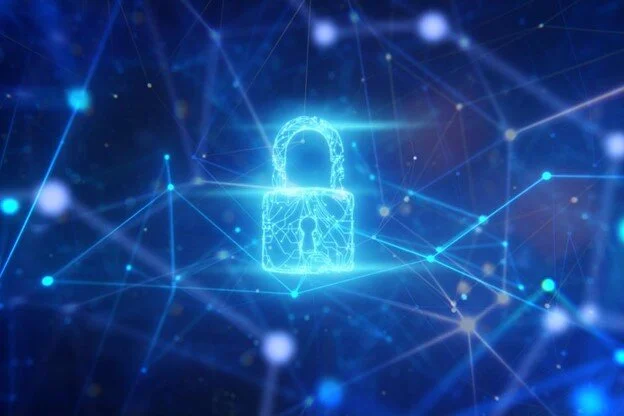How Decentralized Software Is Transforming Money
Source: Christian Kameir · FORBES · | January 28, 2021
Chris Kameir is a managing partner at blockchain venture fund Sustany Capital. He analyzes the impact of technology on finance and society.
GETTY
Twelve years after the publication of the bitcoin whitepaper, a general confusion persists among creators eager to make use of the invention introduced by its mysterious publisher. This is why investors cannot be blamed for a general skepticism toward solutions labeled with the term “blockchain.” To understand the paradigm shift these networks introduce, scientific principles demand that its relevance for commercial activity must be established from first principles.
Before the introduction of electronic computing, physical bearer instruments, such as cash or checks, dominated businesses’ undertakings, and data was recorded on paper and stored in folders and filing cabinets — usually custodied by the owner at their place of business. Shortly after the invention of database technologies in the early 1960s, commercial activity and financial data quickly began to be recorded in digital form. Aside from the conveniences such software provided, data was still siloed, and access was only available to permissioned personnel. Databases also introduced a new spectrum of error types, such as data duplication, human entry errors and hardware malfunction. The thread vector to information stored in databases increased dramatically with the exposure to networks, which ultimately included the internet at large.
Blockchain-based solutions enable record-keeping functions resembling those of physical paper; however, like the internet, public blockchains may be used by anybody and are permissionless, and entries cannot be manipulated without being observed. And, like transactions with physical bearer instruments such as bank notes, blockchain transactions cannot be undone by the party initiating a transfer and are considered immutable.

